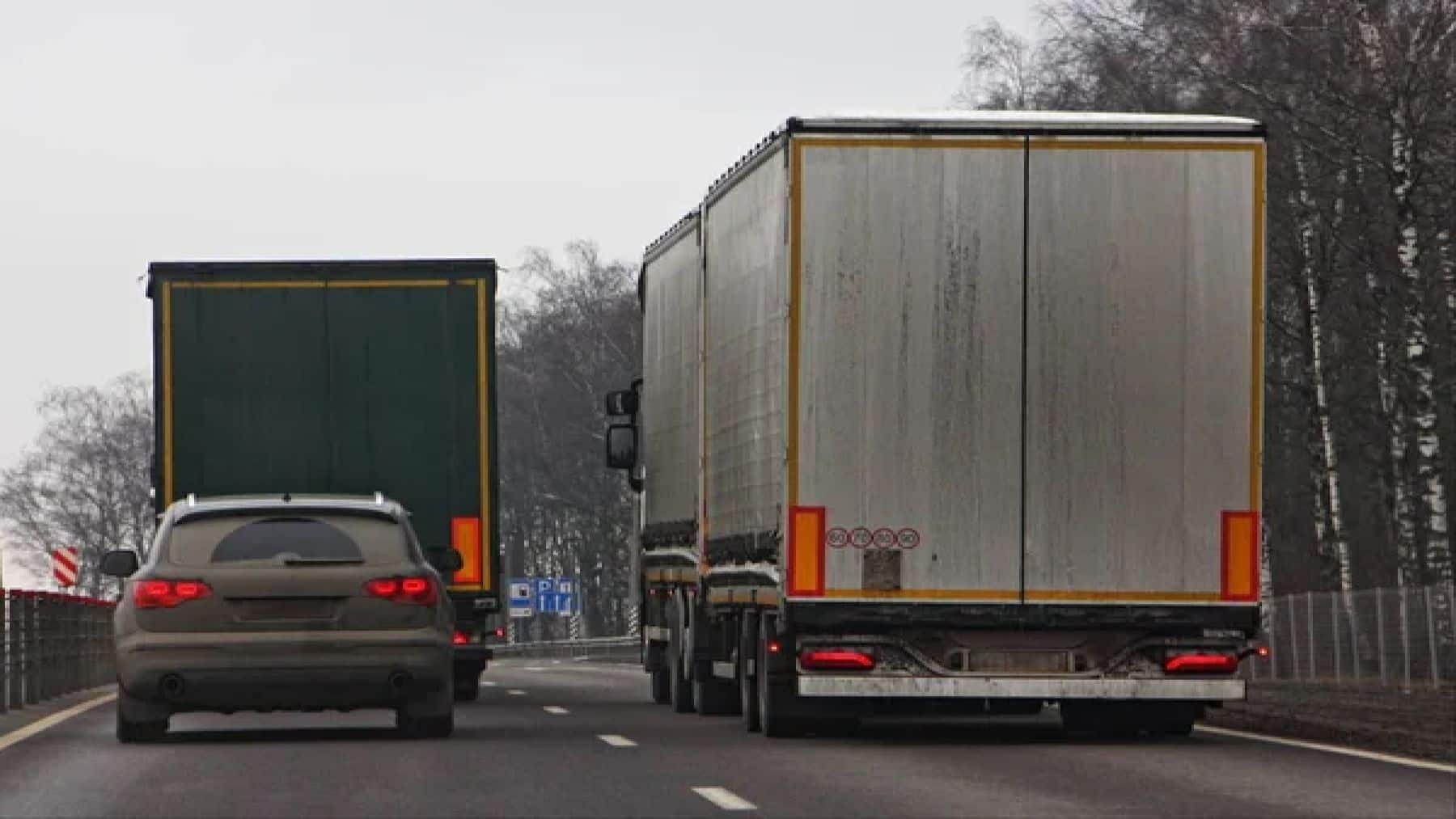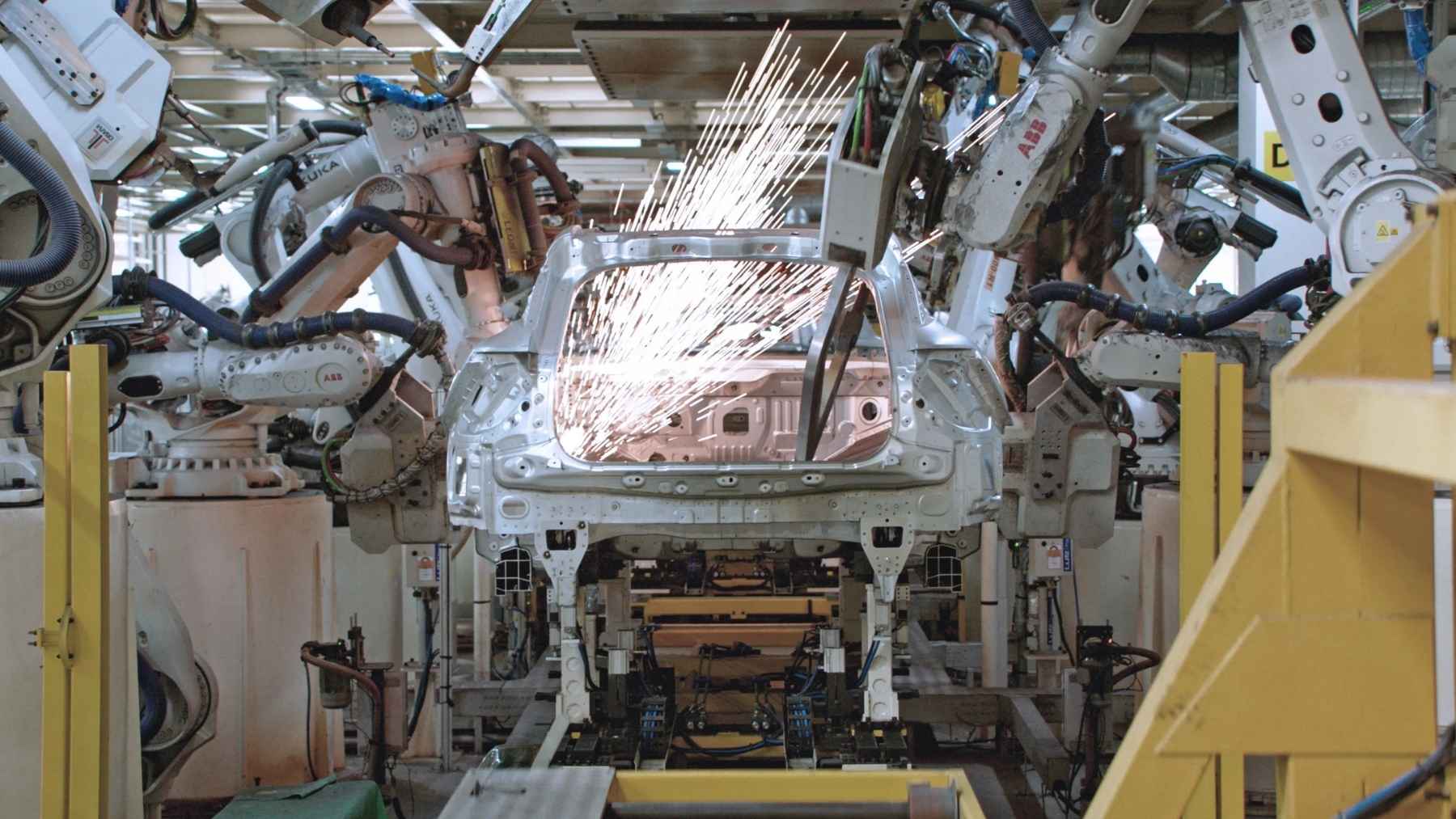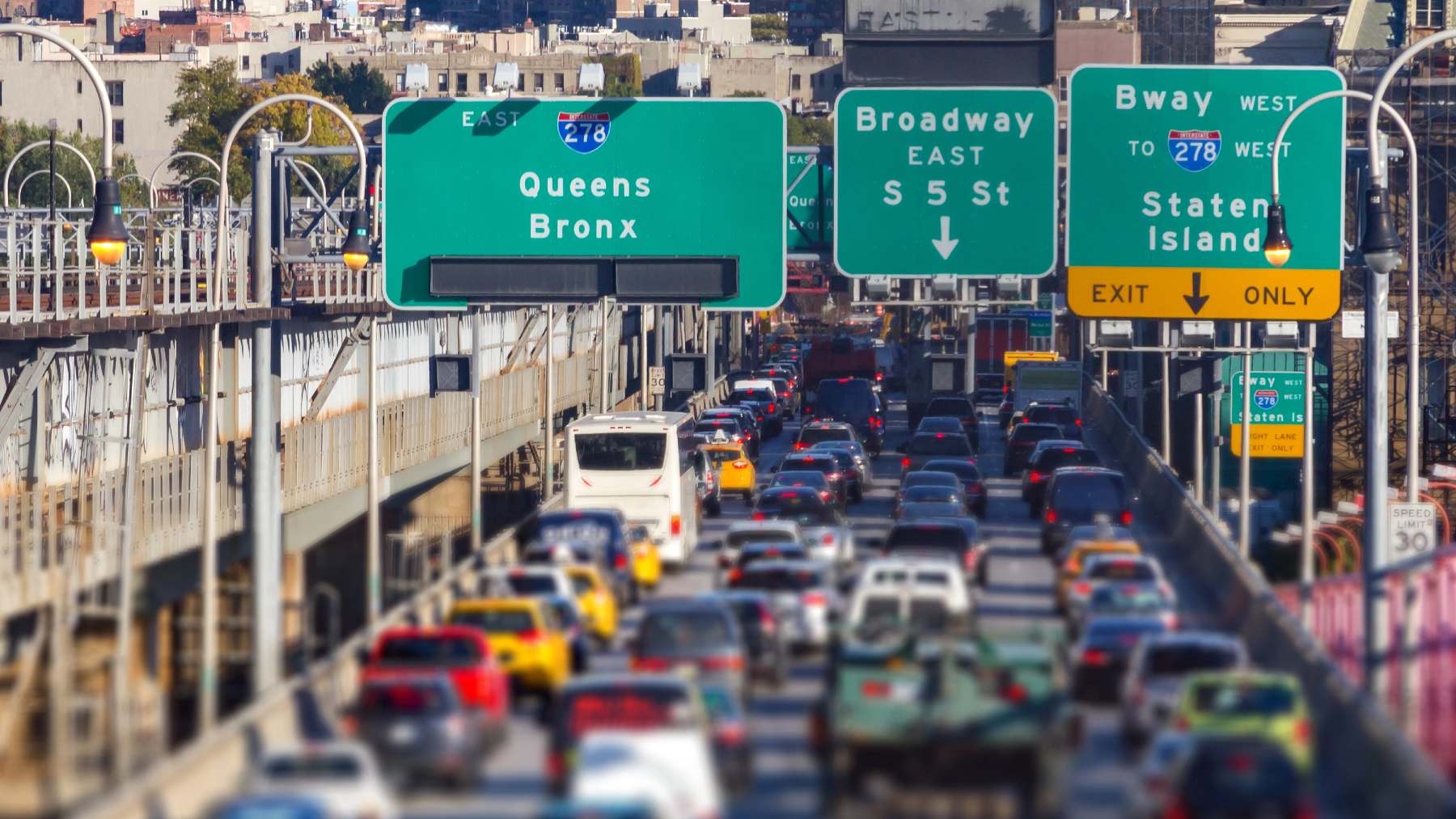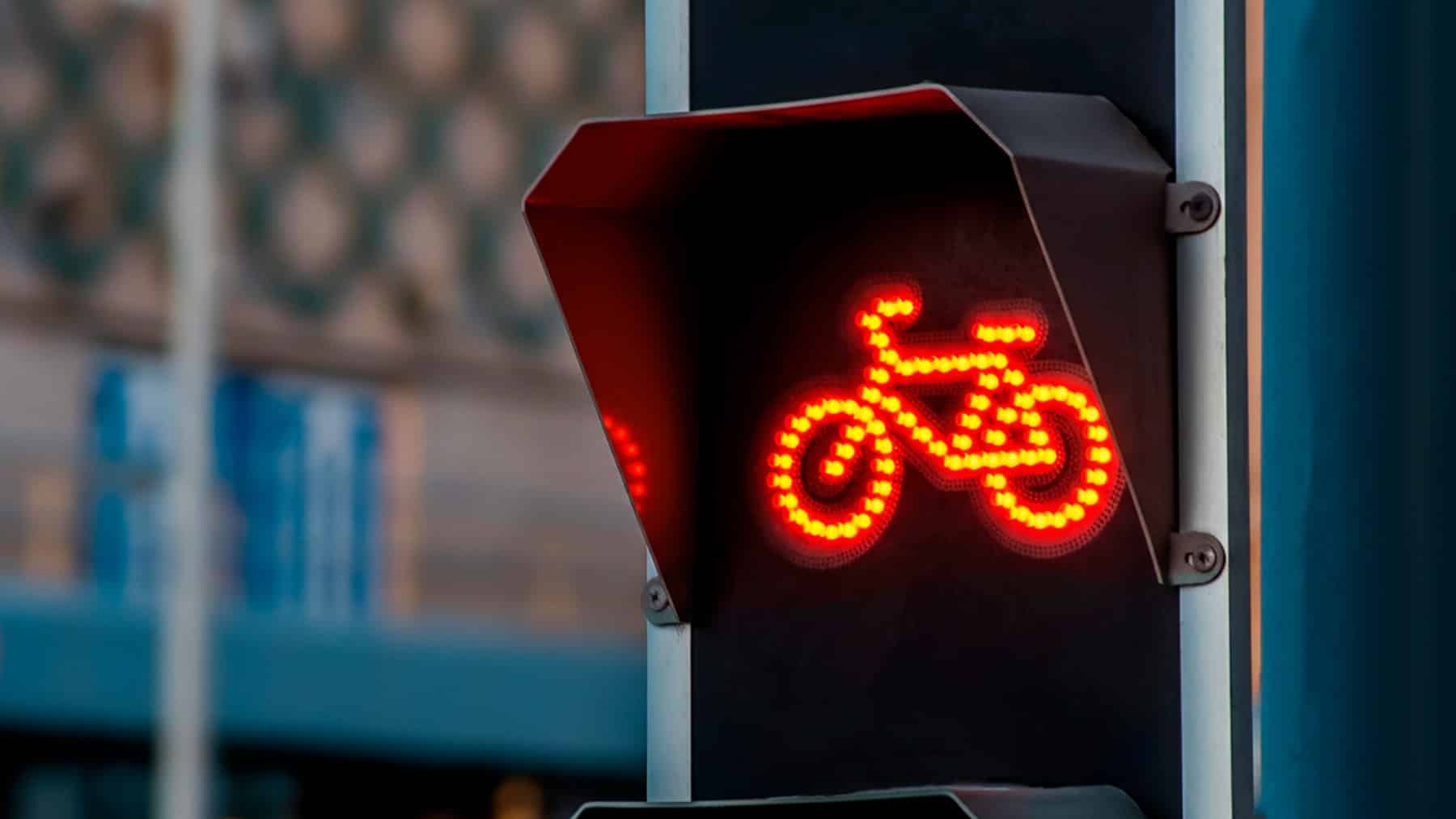Recently, states across the nation have been implementing a variety of new driving laws and interventions to ensure the safety of drivers and road users by preventing road accidents and fatalities. An overwhelming majority of these interventions are focused on reducing speeding by drivers and implementing automated technology to monitor the roads in order to assist law enforcement. However, it may be surprising to hear that states also look at interventions and policies to reduce slow driving, which can be just as hazardous.
How both slow and fast driving endangers lives
The effects of speeding on the road are comprehensively well-documented. It has consistently been shown that the rate at which you speed is proportional to the risk of injury, the seriousness of the injury, and the risk of fatality in an accident. Despite these risks, speeding remains a significant problem on the road, with approximately a third of fatalities on the road being attributed to speeding drivers.
To curb speeding, interventions such as automatic driving assistance, high fines, and speeding cameras have been implemented, as well as more extreme measures for repeat offenders through speed-limiting devices. However, slow driving is also a major problem. When drivers drive too slowly under the speed limit, it can cause drivers who are going faster to need to suddenly brake unexpectedly, or cause drivers to try to drive around the slower drivers into oncoming traffic. While defensive and cautious driving is important, driving too slowly, especially on highways, causes just as much danger to other drivers on the road.
Left-lane driving will be banned in this state in 6 months
State Representative Ray Picket of North Carolina has recently proposed a bill that would make it illegal to slow down traffic in the left lane of an interstate or highway. The bill is intended to address the significantly slower driving that occurs in the left lane. Currently, the minimum speed to drive at is 45mph, with the max being 70mph, which Picket argues is too big of a difference:
“People think the left lane, even on interstates, is just a driveway, and they may not even be going the speed limit. You’re supposed to pass on the left. It’s far more dangerous to pass on the right because you have cars on the other lane. It’s a safety thing more than anything else.”
Should House Bill 864 in the North Carolina General Assembly be approved, it would raise the minimum speed limit on interstates to 10mph below the maximum speed. In this case, the lowest speed to drive at on interstates would be 60mph, a 15mph increase. No penalties have been suggested if you drive below this limit, however. The bill is currently under review, and if approved would be implemented by December 1, 2025.
Other states look to adjust driving speeds
North Carolina is not an outlier in terms of putting interventions in place to address slower driving. Recently, both Indiana and New Mexico have proposed pieces of legislation to address the major speed differences on major highways. While Indiana is focusing on the reality that the majority of its drivers drive widely over the current speed limits, New Mexico is focusing on addressing the speed differences between heavy-duty vehicles. In terms of speeding, some states are fitting speed-limiting cameras to repeat offenders’ vehicles.
It is important to remember that the make legislative changes which protect all road users, all angles must be considered. It is important to not fixate on one aspect of road fatalities without considering a wide and holistic picture as to why these accidents occur in the first place. While efforts will most likely continue to be concentrated on reducing speeding, the effects of significantly slower driving can also not be ignored if we want to lower road accident incidents.














